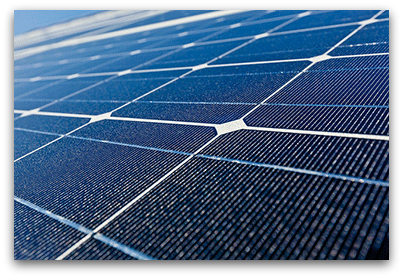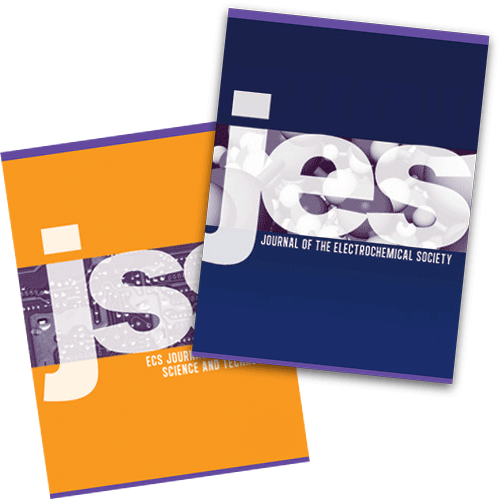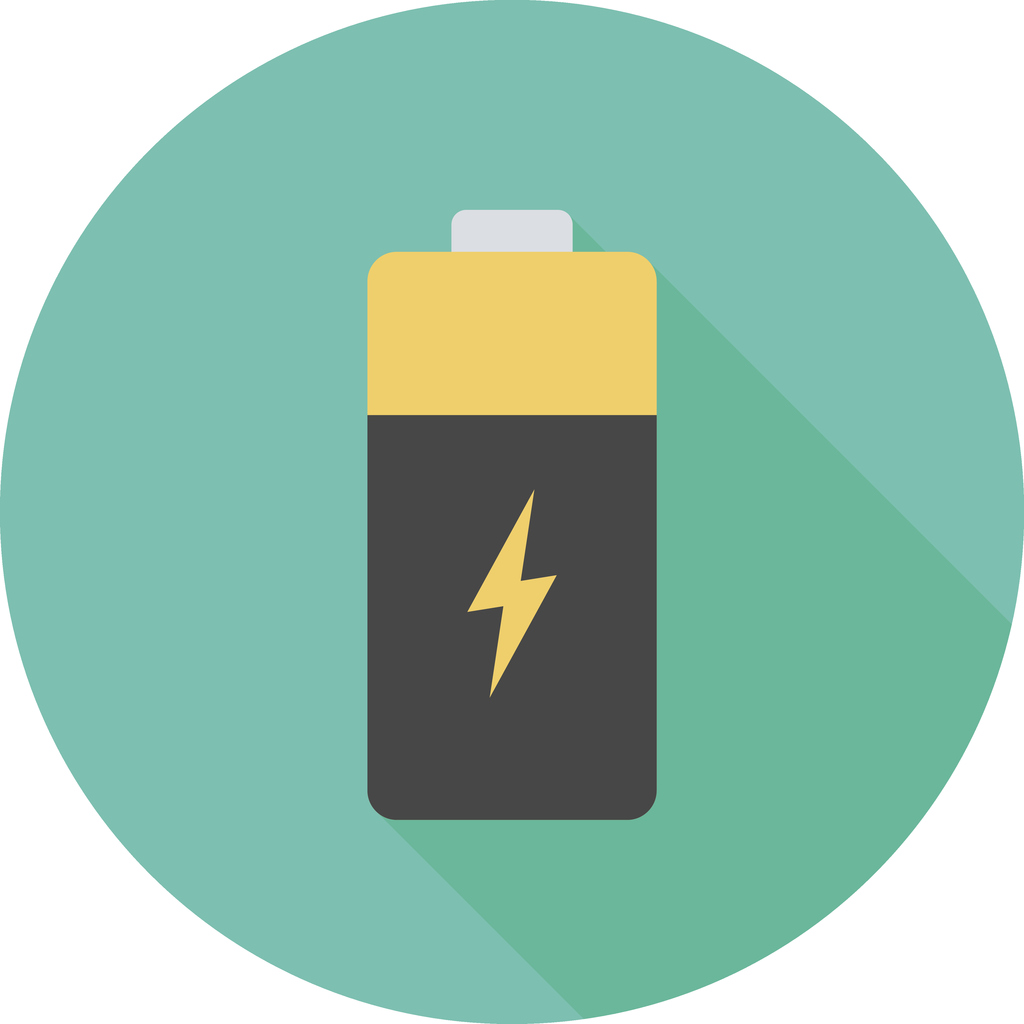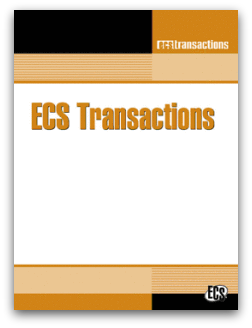By: Elton Santos, Queen’s University Belfast
 Scientists have found a way to make carbon both very hard and very stretchy by heating it under high pressure. This “compressed glassy carbon”, developed by researchers in China and the US, is also lightweight and could potentially be made in very large quantities. This means it might be a good fit for several sorts of applications, from bulletproof vests to new kinds of electronic devices.
Scientists have found a way to make carbon both very hard and very stretchy by heating it under high pressure. This “compressed glassy carbon”, developed by researchers in China and the US, is also lightweight and could potentially be made in very large quantities. This means it might be a good fit for several sorts of applications, from bulletproof vests to new kinds of electronic devices.
Carbon is a special element because of the way its atoms can form different types of bonds with each other and so form different structures. For example, carbon atoms joined entirely by “sp³” bonds produce diamond, and those joined entirely by “sp²” bonds produce graphite, which can also be separated into single layers of atoms known as graphene. Another form of carbon, known as glassy carbon, is also made from sp² and has properties of both graphite and ceramics.
But the new compressed glassy carbon has a mix of sp³ and sp² bonds, which is what gives it its unusual properties. To make atomic bonds you need some additional energy. When the researchers squeezed several sheets of graphene together at high temperatures, they found certain carbon atoms were exactly in the right position to form sp³ bonds between the layers.
By studying the new material in detail, they found that just over one in five of all its bonds were sp³. This means that most of the atoms are still arranged in a graphene-like structure, but the new bonds make it look more like a large, interconnected network and give it greater strength. Over the small scale of individual graphene sheets, the atoms are arranged in an orderly, hexagonal pattern. But on a larger scale, the sheets are arranged in a disorderly fashion. This is probably what gives it the combined properties of hardness and flexibility.


 The global development of industry, technology, and the transportation sector has resulted in massive consumption of fossil fuels. As these fuels are burned, emissions are released—namely carbon dioxide. According to the U.S. Environmental Protection Agency, combustion of petroleum-based products resulted in
The global development of industry, technology, and the transportation sector has resulted in massive consumption of fossil fuels. As these fuels are burned, emissions are released—namely carbon dioxide. According to the U.S. Environmental Protection Agency, combustion of petroleum-based products resulted in  Researchers have created a concentrating photovoltaic (CPV) system with embedded microtracking that is capable of producing 50 percent more energy per day than the standard silicon solar cells.
Researchers have created a concentrating photovoltaic (CPV) system with embedded microtracking that is capable of producing 50 percent more energy per day than the standard silicon solar cells. ECS believes that the key to sustainability is the ability to adapt. For over
ECS believes that the key to sustainability is the ability to adapt. For over  Lithium-ion batteries power a vast majority of the world’s portable electronics, from smartphones to laptops. A standard lithium-ion batteries utilizes a liquid as the electrolyte between two electrodes. However, the liquid electrolyte has the potential to lead to
Lithium-ion batteries power a vast majority of the world’s portable electronics, from smartphones to laptops. A standard lithium-ion batteries utilizes a liquid as the electrolyte between two electrodes. However, the liquid electrolyte has the potential to lead to  A new issue of ECS Transactions (ECST) has just been published. This issue incorporates 333 papers from the upcoming 15th International Symposium on Solid Oxide Fuel Cells (SOFC-XV). This conference will be held in Hollywood, Florida, USA, July 23-28, 2017.
A new issue of ECS Transactions (ECST) has just been published. This issue incorporates 333 papers from the upcoming 15th International Symposium on Solid Oxide Fuel Cells (SOFC-XV). This conference will be held in Hollywood, Florida, USA, July 23-28, 2017. ECS is proud to announce its partnership with the Initiative for Open Citations (I4OC). By joining forces with I4OC, ECS has opened up citation data, further expanding accessibility to scientific knowledge by releasing into the public domain reference data published in
ECS is proud to announce its partnership with the Initiative for Open Citations (I4OC). By joining forces with I4OC, ECS has opened up citation data, further expanding accessibility to scientific knowledge by releasing into the public domain reference data published in  In an effort to expand South Australia’s renewable energy supply, the state has looked to business magnate Elon Musk to build the
In an effort to expand South Australia’s renewable energy supply, the state has looked to business magnate Elon Musk to build the 